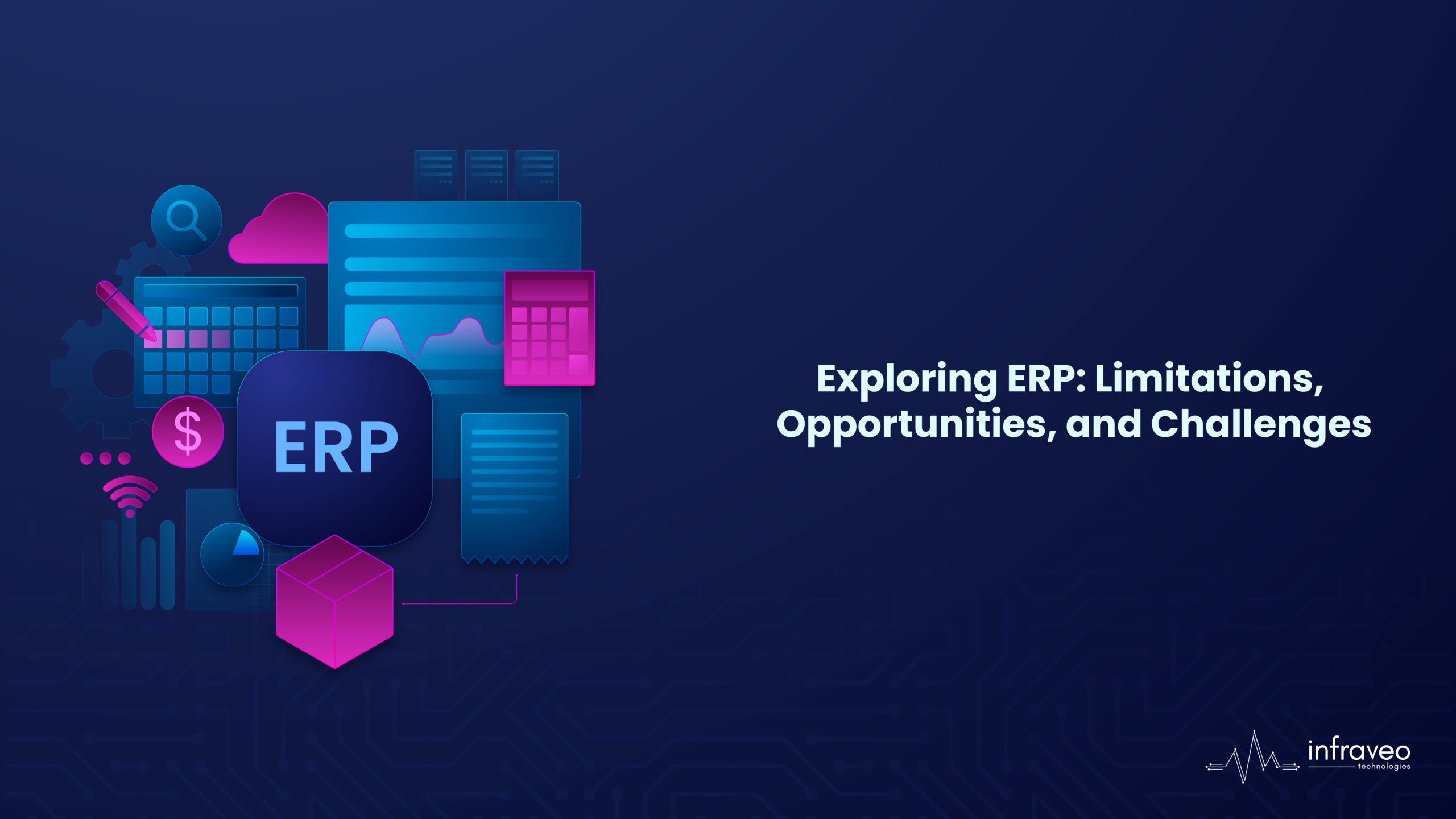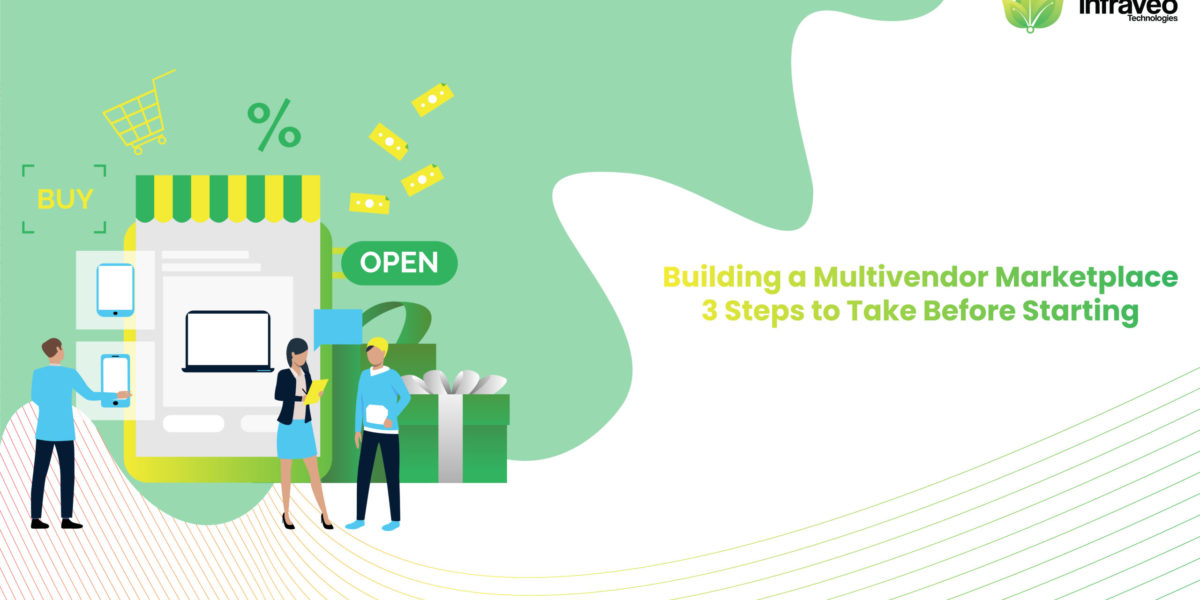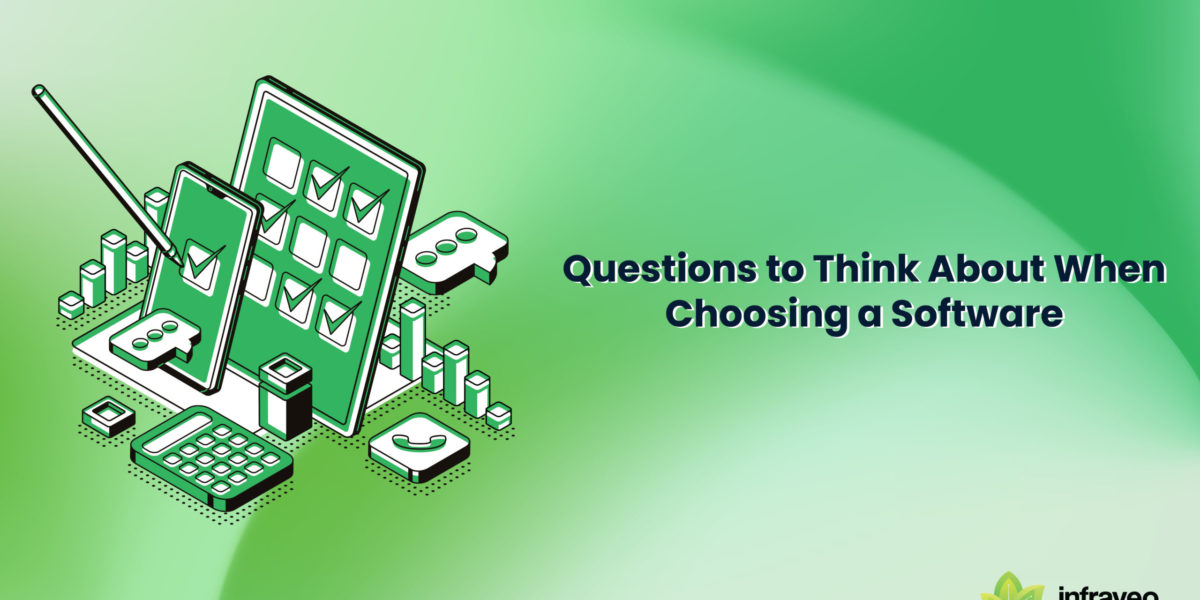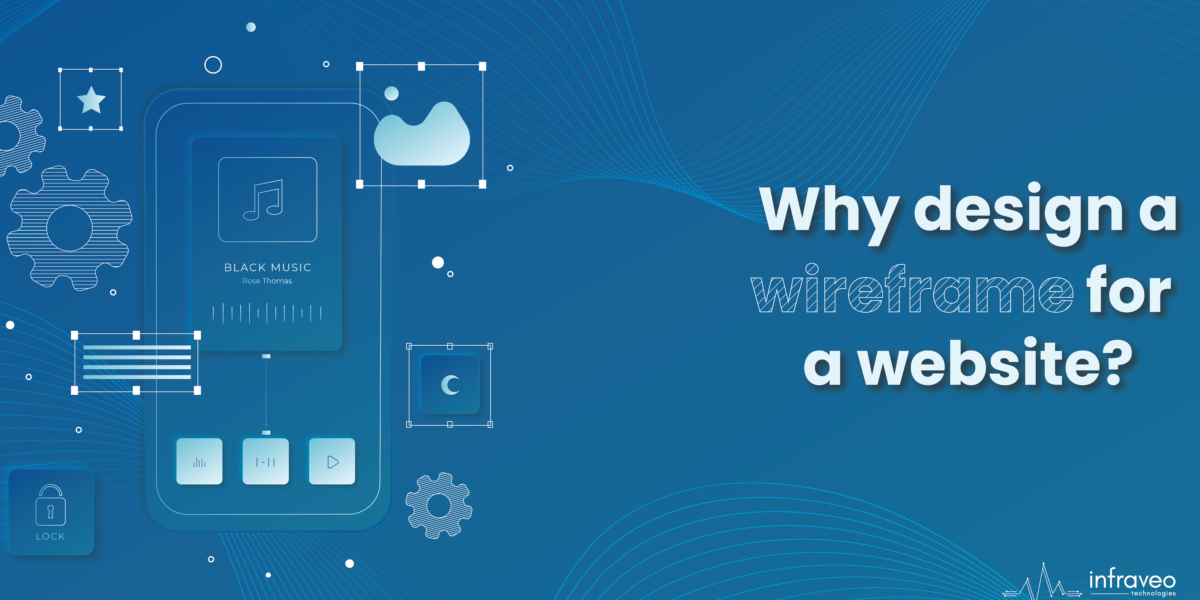Introduction
ERP (Enterprise Resource Planning) and Enterprise Applications are the new black, but not without their share of critics. For some, it is the enterprise application that forces their organization into an inadequate, static mold. Others feel that over time they have customized and adapted it to death as they keep adding more features to the software. Have we reached an ultimate point of no Return? Will any application that is free or open source stand a chance when all other options are closed? How does the future of ERP look if there is one?
The truth about ERP
ERP is a very powerful tool that can do a lot of things, but it also has its limitations. It needs to be used correctly so that it can work well. ERP is not the solution to all problems in your organization, but if you use it correctly, then it could solve some of the issues that are holding you back from doing what you want or need in your company.
Over the past several years, enterprise architecture has become increasingly more important for business and technology leaders. Where once business enterprise architecture was seen as a technical exercise focused on data modeling and modeling the way data flows within an organization, today many technologists have come to understand that enterprise architecture is increasingly focused on business requirements.
For Agile Business Needs and Seamless Customer Experiences
A modernized and repackaged ERP system, often referred to as a “reborn ERP,”. It is designed to meet the current and future needs of businesses. This is achieved through the incorporation of new technologies and features, such as real-time API-based integration, event handling, integrated analytics, and machine learning. By modernizing ERP systems, they become more adaptable, composable, and orchestration-friendly. Also allowing for agile delivery and the ability to choose the best solutions for specific needs.
This system plays a crucial role in ensuring that organizations can deliver valuable products and services to their customers. As the custodian of enterprise data and core business processes, the ERP systems provide the inner capabilities and orchestration needed for seamless customer experiences.
Ensuring robustness in the New ERP Era
At this stage, the most important factor that remains in place in the new ERP is the general needs. That is, to meet standards of resilience, reliability, security, and scalability. An important aspect of these non-functional areas is 24/7/365 availability. For example, demonstrated by uninterrupted servicing during peak loads of a Black Friday or Singles Day.
In adopting a composable business capabilities approach large organizations position ERP in the core, referring to it in terms of “core” or “clean core” ERP. The positioning of ERP as core has several dimensions. The implication of the vendor’s capability, the ability to absorb innovation from vendors, and whether this innovation is relevant for all or only part of the business terrain.
Aligning Implementation with Business Strategy
Despite being a technology that has been around for 30 years, it is still evolving and changing the way organizations and businesses operate. Changing to an ERP system is a costly and time-consuming operation yet most businesses are doing it without considering their strategy. Not all businesses need to implement ERP or adapt to this model.
Everyone is talking about core and standard, but the implementation cannot be a replication of the same design. It will depend on your business strategy, which in turn determines what ERP implementation you will align with and contribute to the strategy.
Another factor is the growing number of solutions that allow organizations to centralize the management of core processes and give them a consolidated view of their operations across different business units. Private-equity firms take advantage of these multi-solution platforms. They scale up or shut down business units, simplify technology deployments and provide a single source for data analytics.
The future of ERP is bright!
ERP is not dead, but as an outdated one-size-fits-all solution, it’s certainly in danger. So, I predict that the real winners will be those businesses that focus on composable business capabilities. Powered by a revamped ERP evolved for the demands of today’s digital world.
It is used to communicate with customers and improve the customer experience. It helps companies understand their customers better, which will lead to increased revenue and lower costs. This means that ERP is still relevant today, even though some people may think otherwise.




